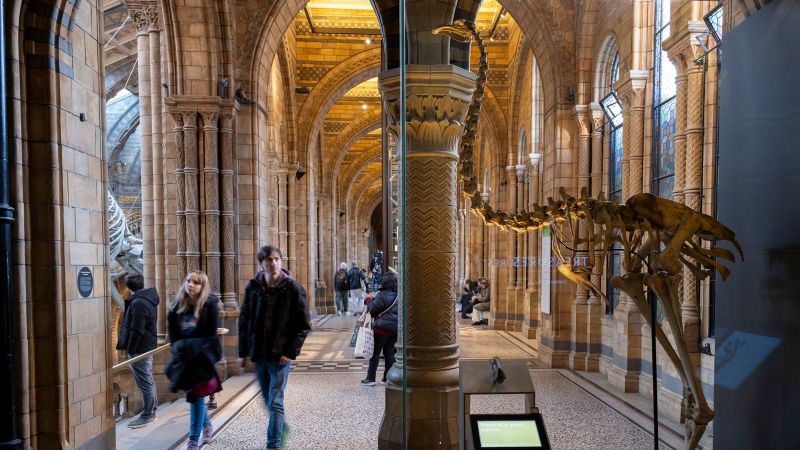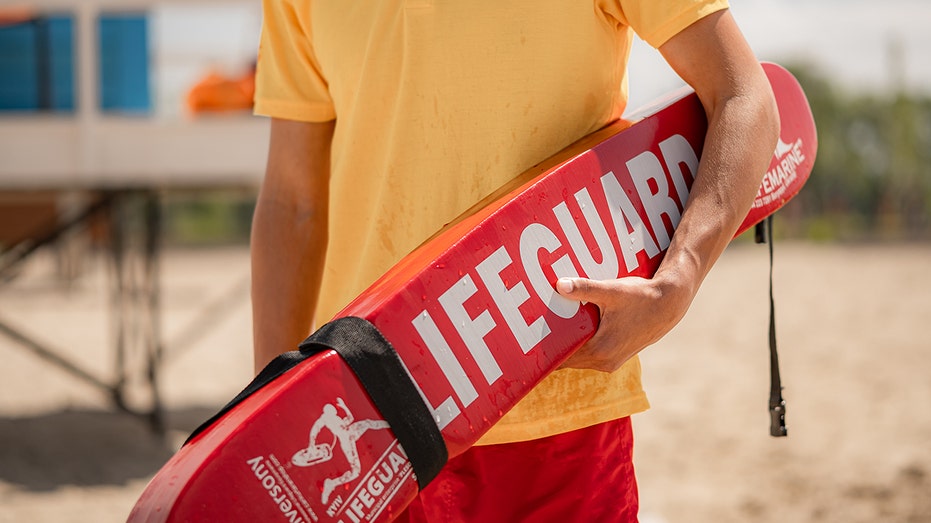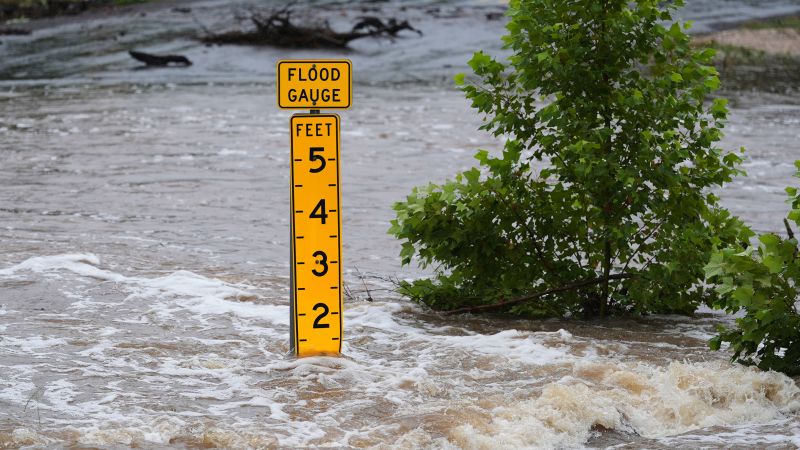Colossal Biosciences Targets Moa for De-Extinction Efforts

A Texas-based biotechnology firm, Colossal Biosciences, has announced plans to resurrect the South Island giant moa, a massive flightless bird that vanished from New Zealand around 600 years ago following the arrival of human settlers. The company is employing advanced genetic engineering techniques to bring back this extinct species, which stood approximately 10 feet (3 meters) tall and may have exhibited defensive behavior by kicking.
Colossal Biosciences has gained attention for its ambitious de-extinction projects, including the recent announcement of three cloned dire wolf pups. The firm utilizes ancient DNA, cloning, and gene-editing technologies to alter the genetic makeup of living relatives of extinct species. The company is also working on other notable projects aimed at bringing back the woolly mammoth, dodo, and thylacine, also known as the Tasmanian tiger.
To facilitate the revival of the moa, Colossal has formed a partnership with the Ngāi Tahu Research Centre, located at the University of Canterbury in Christchurch, New Zealand. This collaboration aims to analyze ancient DNA from nine species of moa to better understand the genetic differences that set the giant moa (Dinornis robustus) apart from its relatives, both living and extinct.
“There is so much knowledge that will be unlocked and shared on the journey to bring back the iconic moa,” said Ben Lamm, CEO and co-founder of Colossal Biosciences. The company believes that examining the genomes of all moa species could contribute valuable insights into conservation efforts and the impacts of climate change and human activity on biodiversity.
Since its inception in 2021, Colossal has raised at least $435 million to fund its projects. The company has pledged a significant financial commitment to New Zealand, although it has not disclosed specific amounts. Notably, Peter Jackson, the acclaimed director of the Lord of the Rings trilogy, is among the high-profile investors supporting Colossal. Jackson possesses one of the largest private collections of moa bones, which could play a role in the research.
Experts express mixed feelings about the de-extinction initiative. Scott MacDougall-Shackleton, co-founder and director of the Advanced Facility for Avian Research at Western University in Ontario, noted that extensive remains of the moa are available for study. He pointed out that overhunting and habitat changes due to the arrival of Polynesian settlers were primary factors in the bird’s extinction.
While MacDougall-Shackleton acknowledged the intellectual intrigue of reviving the moa, he emphasized that efforts should focus on the numerous endangered species in New Zealand and other Pacific islands. “If we are concerned about island bird conservation, there are hundreds of threatened and critically endangered species that need conservation resources more urgently,” he remarked.
In addition to its de-extinction efforts, Colossal plans to engage in ecological restoration projects in New Zealand. These initiatives aim to rehabilitate potential moa habitats while simultaneously supporting existing native species. Critics argue that although Colossal’s work is advancing genetic engineering, true resurrection of an extinct species remains elusive. Any attempts may only result in genetically modified hybrids, which raises ethical concerns about the implications of such technology.
Lamm asserts that the biotechnology developed by Colossal will not only focus on de-extinction but also aid in rescuing species on the brink of extinction. He highlighted the successful cloning of two litters of red wolves, the most critically endangered wolf species, using innovative cloning methods refined during the dire wolf research.
“It is kind of that additional backup that I think we need, especially in these dire cases,” Lamm stated in an interview with CNN.
Scott Edwards, a professor of organismic and evolutionary biology at Harvard University, expressed excitement about the moa project, though he noted that the techniques required would differ significantly from those used for the dire wolf due to the complexities of avian development.
“It’s important that science reaches for the stars… but if it works, it will impress upon humanity just how much we’ve lost,” Edwards said.
As Colossal Biosciences embarks on this groundbreaking journey to revive the giant moa, the intersection of genetic technology, conservation ethics, and biodiversity preservation will continue to spark debate and intrigue within the scientific community and beyond.






